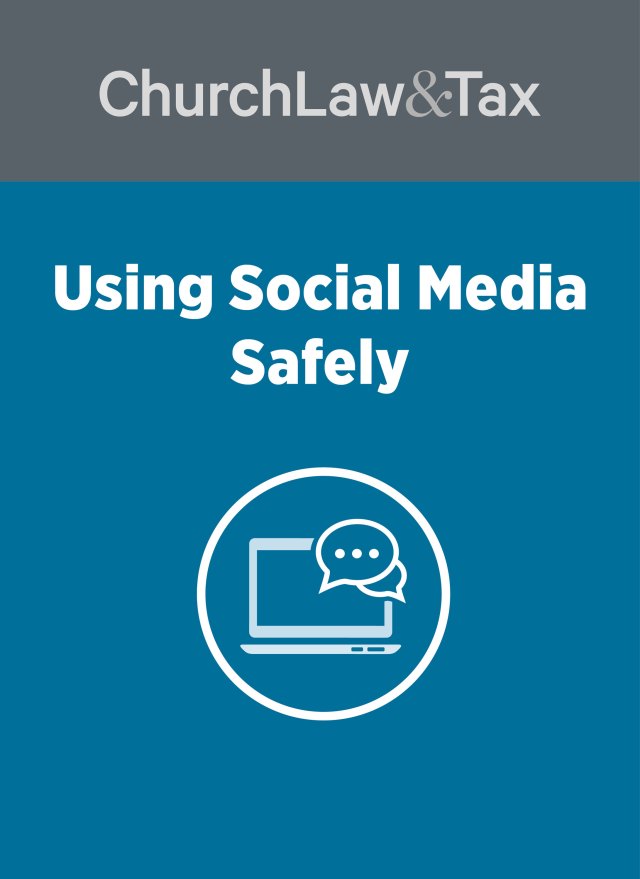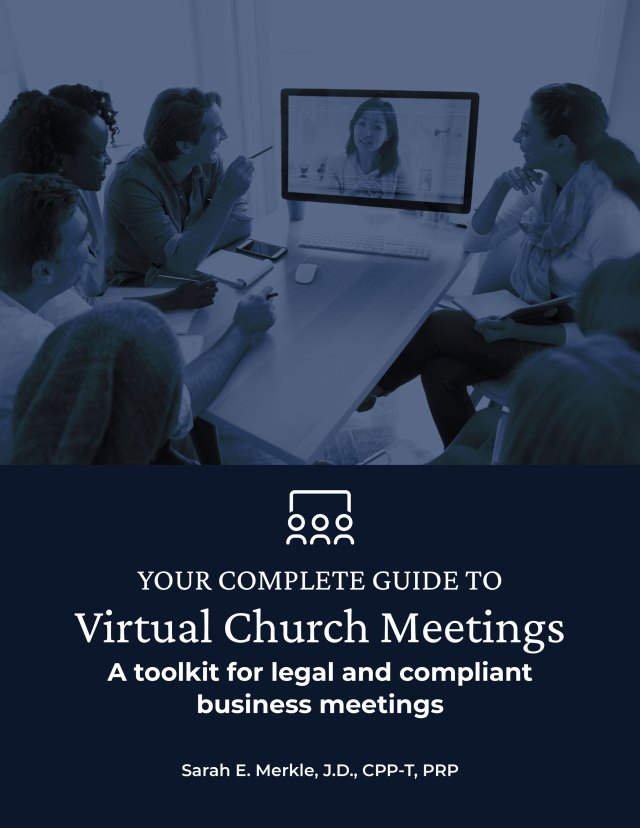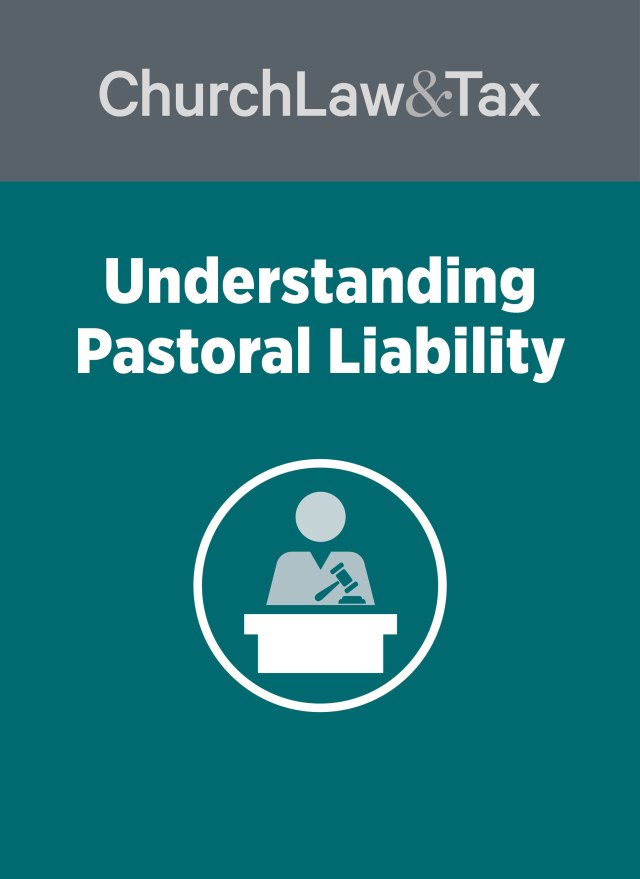This e-mail and any files transmitted with it are confidential and intended solely for the use of the individual or entity to whom they are addressed. If you have received this e-mail in error please notify the system manager. This message contains confidential information and is intended only for the individual named. If you are not the named addressee you should not disseminate, distribute or copy this e-mail. Please notify the sender immediately by e-mail if you have received this e-mail by mistake and delete this e-mail from your system. If you are not the intended recipient you are notified that disclosing, copying, distributing, or taking any action in reliance on the contents of this information is strictly prohibited.
These confidentiality notices are increasingly common, and they have caused a lot of confusion. Here are the main points to keep in mind:
1. No court has addressed the legality or effect of these clauses.
2. They probably are unenforceable since the recipients have not assented to them. To be legally enforceable, a promise or commitment (such as an agreement to treat an e-mail as confidential) generally has to be signed and supported by “consideration” (meaning that the person has received something of value in exchange for his or her commitment). These requirements rarely are satisfied.
3. They may be of some value in the event of misdirected e-mail (an e-mail message sent to the wrong person) since the recipient may be more likely to disregard a message containing such a notice that obviously was intended for someone else.
4. If you ever would like to share information in an e-mail that contains one of these notices, you can resolve any doubt by asking the sender for permission to do so.
5. Attorneys routinely use these clauses in their e-mail communications with clients. They serve a purpose in this limited context since they may preserve the attorney-client privilege although this conclusion has never been addressed by a court. Further, the argument could be made that the attorney-client privilege is not available under these circumstances to the extent that it can reasonably be assumed that others (administrative assistants, secretaries, etc.) would have access to the e-mail.
6. Some state bars mandate that attorneys insert a prescribed notice in their correspondence with clients. To illustrate, one state bar association has issued an opinion regarding the obligation of attorneys to inform their clients and prospective clients about the security risks involved in the use of e-mail. As a result, most attorneys in this state add the following notice in their e-mail communications in addition to other notices they deem appropriate:
“This electronic mail message and any attachments may contain attorney-client privileged or otherwise confidential information. Recipients should ensure that proper security measures are taken to maintain any privileged or confidential information. If you are not an intended recipient of this electronic mail message as listed above, please notify [the sender] immediately and delete or destroy the electronic message and all printed copies. The unauthorized disclosure of privileged or otherwise confidential information is strictly prohibited. All recipients are hereby notified that (1) electronic mail is not secure, (2) any electronic mail sent to or received by you may be exposed to multiple computers or users in transit, and (3) interception during transit by improper access may occur.”
7. Treasury Department Circular 230 contains rules governing the recognition of attorneys, certified public accountants, enrolled agents, and other persons representing taxpayers before the IRS. The purpose of Circular 230 is to limit the use of tax shelters and other schemes to evade taxes. It accomplishes this purpose by several means, including a requirement that any written opinion addressing “a question concerning the federal tax treatment of an item of income, gain, loss, deduction, or credit” prominently display a notice that it “was not intended or written by the practitioner to be used, and that it cannot be used by the taxpayer, for the purpose of avoiding penalties that may be imposed on the taxpayer.” While Circular 230 does not prescribe the content of such a notice, the following is a typical notice:
“IRS Circular 230 Notice: To the extent that this message or any attachment concerns tax matters, it is not intended to be used and cannot be used by a taxpayer for the purpose of avoiding penalties that may be imposed by law.”
Some taxpayers are surprised to see such a notice on e-mails and other written communications they receive from their tax advisor. Note that this notice in no way disparages the advice provided by your advisor. Rather, it clarifies that it cannot be used to avoid tax penalties. In addition, it relieves tax practitioners of the substantial penalties (disbarment and fines) that can be assessed for a failure to insert this notice in their written tax opinions.





